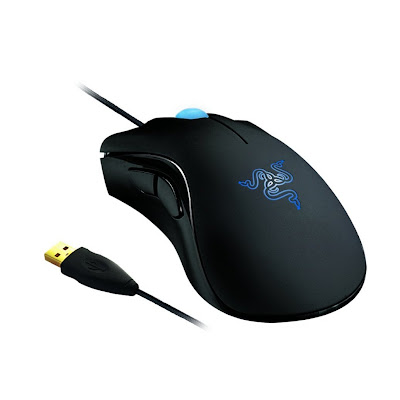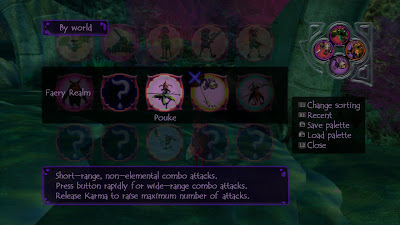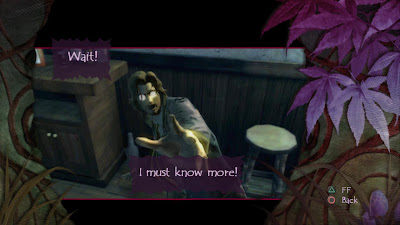And now for something completely diff...alright you got me what we're looking at this week is pretty much a continuation of what we started last week. Only now we're looking at the time wasting that goes on after the match is over. So win or lose the first thing we'll be treated to after the match is a short un-skippable cinematic featuring whichever character was on point for the winning team. It's worth noting that even though these cinematics are a feature of almost every gameplay mode it is only within the online play that the player cannot skip them. Cinematics during story mode are fine. Cinematics during online play are not.
 |
| "Behold my glowing hand!" |
After the cinematic event we're now get a giant comic book-esque splash panel featuring either our team and 'WINNER!!!' or our opponents team and 'YOU LOSE...'. This is wholly unnecessary as I would sincerely hope that the player can figure out whether they won or not without this time waster popping up. With most of the post match stuff 'time wasting' is being defined as something that the user cannot skip and/or something that conveys no useful information. By that definition all of the post-match song and dance is, as currently implemented, a complete waste of time.
 |
| Pictured: w00t, we won! |
 |
| Pictured: Awww snap, we lost. |
Now finally after all of that junk we're treated the first screen that we can actually cancel out of. A screen which if we where paying attention earlier is full of useless information as we already know ours and our opponents win/loss record (also post-match, such information is, in my opinion, more than a tad pointless). We also get treated to this graphical metric that I'm supposing allegedly represents how well we performed without indicating whether or not we won. Useless.
 |
| Pictured: A strange definition of 'Same' skill. |
Another thing we should pick up on from this screen if we recall our search settings from the previous article is that the game has a very strange definition of 'Same' with regards to skill. A competitive match is fun. A massacre eh...not so much. This applies, at least to me, irregardless of whether I was the one getting stomped or the one doing the stomping.
 |
| Pictured: What are we updating here? |
 |
| Pictured: Great, more useless points. |
 |
| Pictured: And now we're saving...again?!? |
So after all of that we go back, more or less, to the main online menu only to be greeted by this confusing sequence. First we update our player data, then we get some meaningless points and then we save the game. But wait! Keen observers will notice that a little 'Saving...' icon popped up way back during the end match cinematic.
What was it saving during the cinematic?
Why do I have to acknowledge these meaningless points?
Why couldn't the awarding of points have been integrated into one of the other post-match screens?
Why are we saving again?
What's the difference between 'Updating Player Data' and 'Saving..'?
These are all questions that the game artfully dodges as it forces us to sit through this sequence after every single ranked match. This is not streamlined. It is not even close to being streamlined. In fact it is about as not streamlined as it can get. The ideal post-match flow should be one or two screens, no cinematics and only one item/menu that needs to be manually clicked away. Simple, concise and quick. In other words: not this. Never this. Okay, deep breath. Check back next week for Folklore.





















